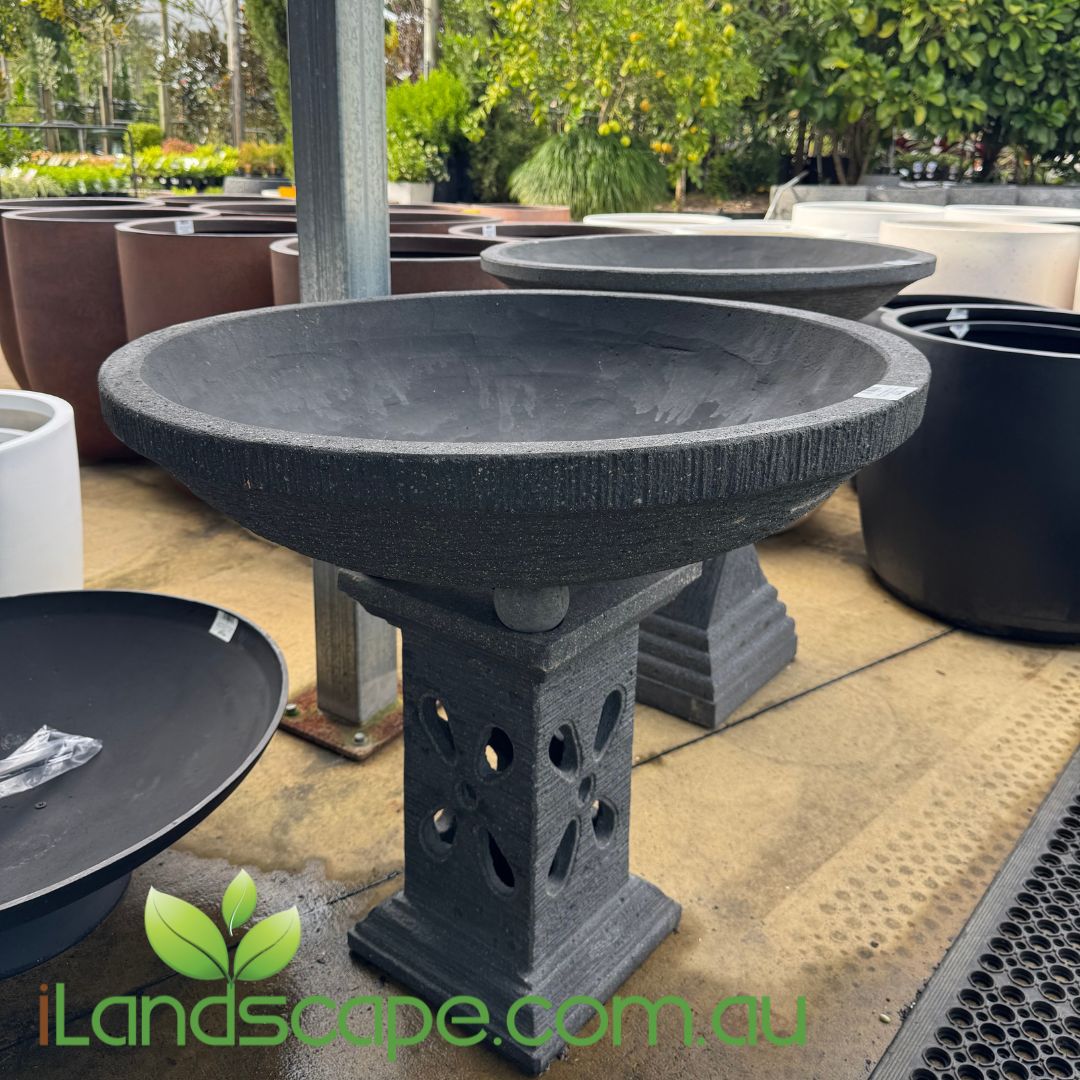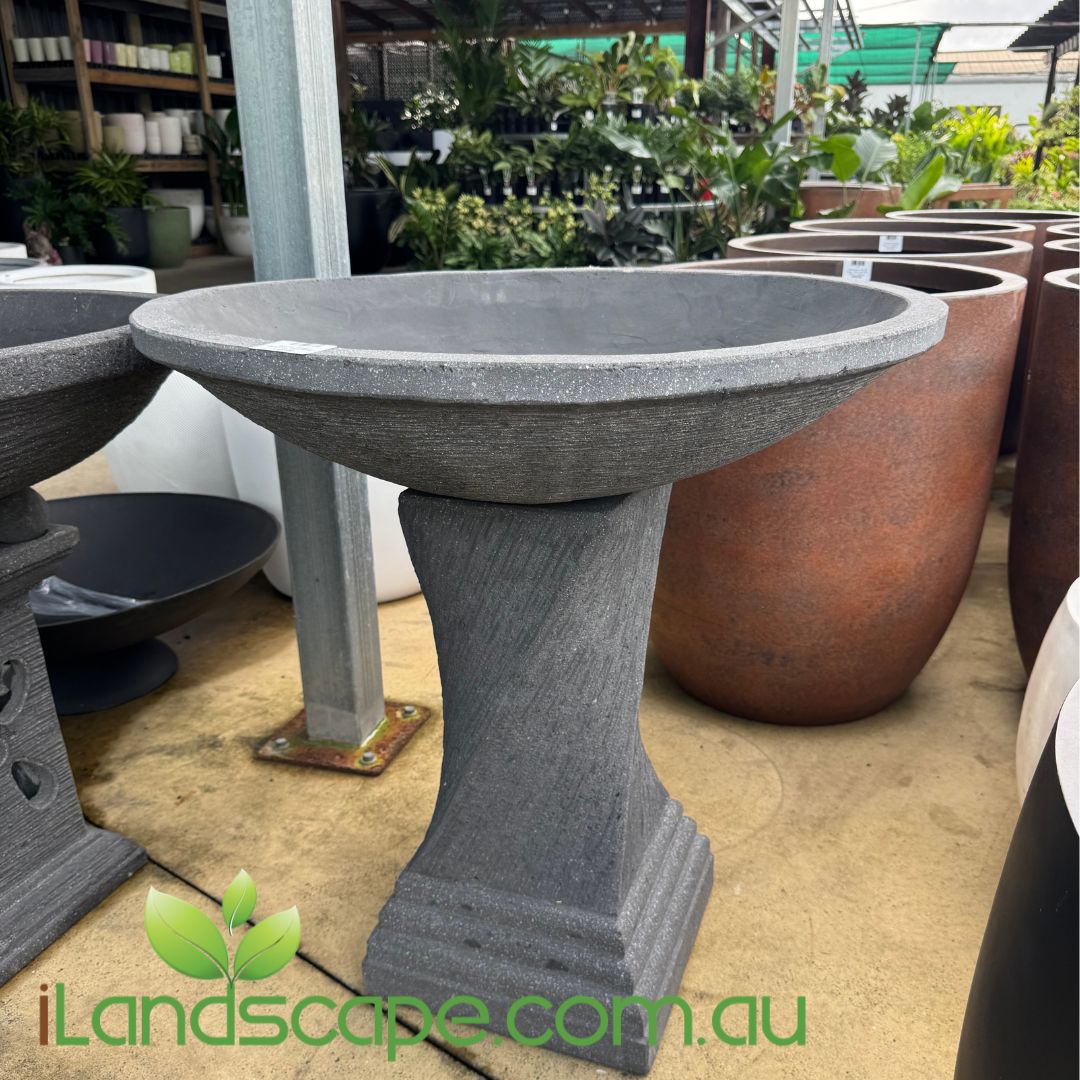Araucaria heterophylla Norfolk Island Pine
Description:Araucaria heterophylla, commonly known as Norfolk Island Pine, is a tall, evergreen conifer that is widely recognized for its symmetrical, pyramidal shape and whorled branches. Native to Norfolk Island in the Pacific Ocean, this iconic tree is often used as an ornamental feature in gardens, parks, and coastal areas. While it can grow to impressive heights outdoors, it is also popular as an indoor plant when young, prized for its elegant and soft-textured foliage.
Flowers:As a conifer, Araucaria heterophylla does not produce traditional flowers. Instead, it produces small male cones and larger female cones. The cones are not particularly ornamental and are rarely seen in indoor or young specimens.
Foliage:The soft, needle-like leaves of Araucaria heterophylla are bright green and arranged in a distinctive, spiraled pattern along the branches. The foliage has a soft, feathery appearance, adding to the tree's ornamental appeal, especially in young plants. The leaves become darker and more scale-like as the tree matures.
Fruit:The tree produces large, woody seed cones that can reach up to 10-15 cm in diameter. These cones contain seeds, but they are not a major feature of the plant, especially in younger specimens or indoor settings.
Form and Size:In its natural habitat, Araucaria heterophylla can grow up to 50-65 meters tall. However, in cultivation, especially in gardens or as an indoor plant, it typically reaches around 20-30 meters outdoors and much smaller heights indoors. Its symmetrical, pyramidal form and neatly arranged branches give it an architectural elegance, making it a popular choice for large landscapes or as a feature tree.
Growing Conditions:Araucaria heterophylla thrives in full sun and well-drained soils. It can tolerate a variety of soil types, including sandy or loamy soils, making it well-suited to coastal environments. The tree is salt-tolerant and can withstand salty coastal winds. It prefers mild, frost-free climates but can tolerate light frost. When grown indoors, it requires bright, indirect light and should be kept away from drafts and cold temperatures.
Uses:This tree is commonly used as an ornamental feature in large gardens, parks, or coastal landscapes. It is also a popular indoor plant when young, often used as a decorative tree during the holiday season. Its symmetrical form and striking foliage make it a standout in any landscape, and its ability to tolerate salt and wind makes it perfect for coastal plantings.
Maintenance:Araucaria heterophylla is a low-maintenance plant. Outdoors, it requires little pruning other than to remove dead or damaged branches. Indoors, it should be kept in a bright location with regular watering, allowing the soil to dry out slightly between waterings. Avoid overwatering and ensure good drainage. Fertilize with a balanced, slow-release fertilizer in spring to support healthy growth.
Notes:Norfolk Island Pine is a long-lived tree that can grow for decades, making it a valuable addition to large landscapes. It is often associated with coastal environments but can be successfully grown in urban areas as well. Indoors, it can live for many years if given proper care, although it grows much more slowly than outdoors.
Companion Plants:Pairs well with other large conifers like Agathis or Cupressus, as well as coastal plants like Banksia and Melaleuca. It also works well with tropical plants like Cordyline or Alpinia in large garden designs.
Common Name: Norfolk Island PineBotanical Name: Araucaria heterophyllaFamily: AraucariaceaeOrigin: Norfolk Island




